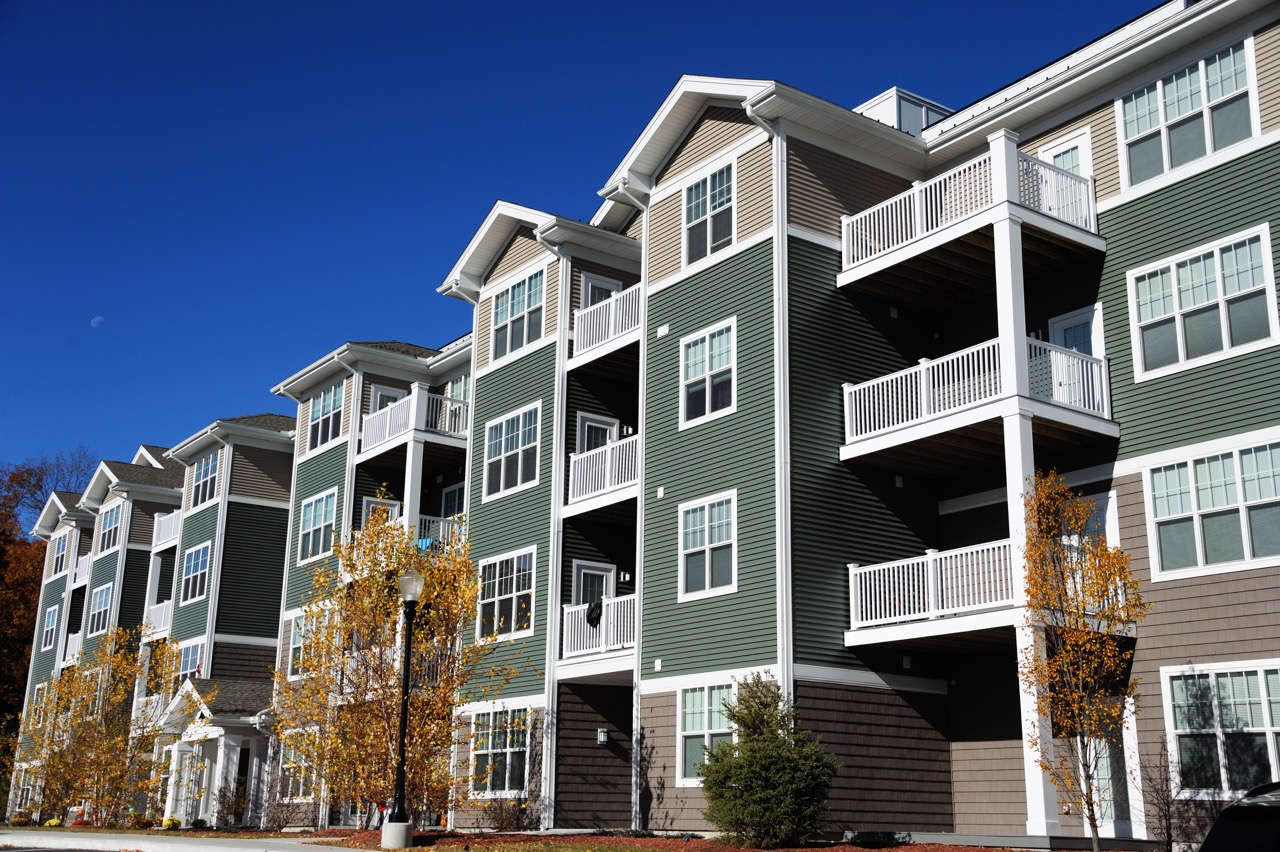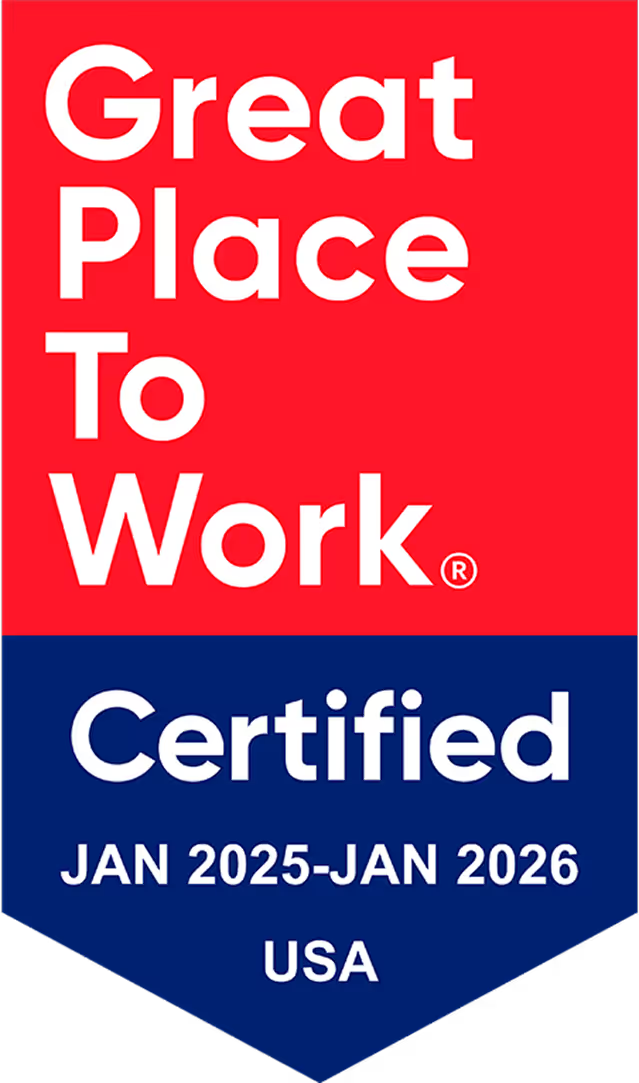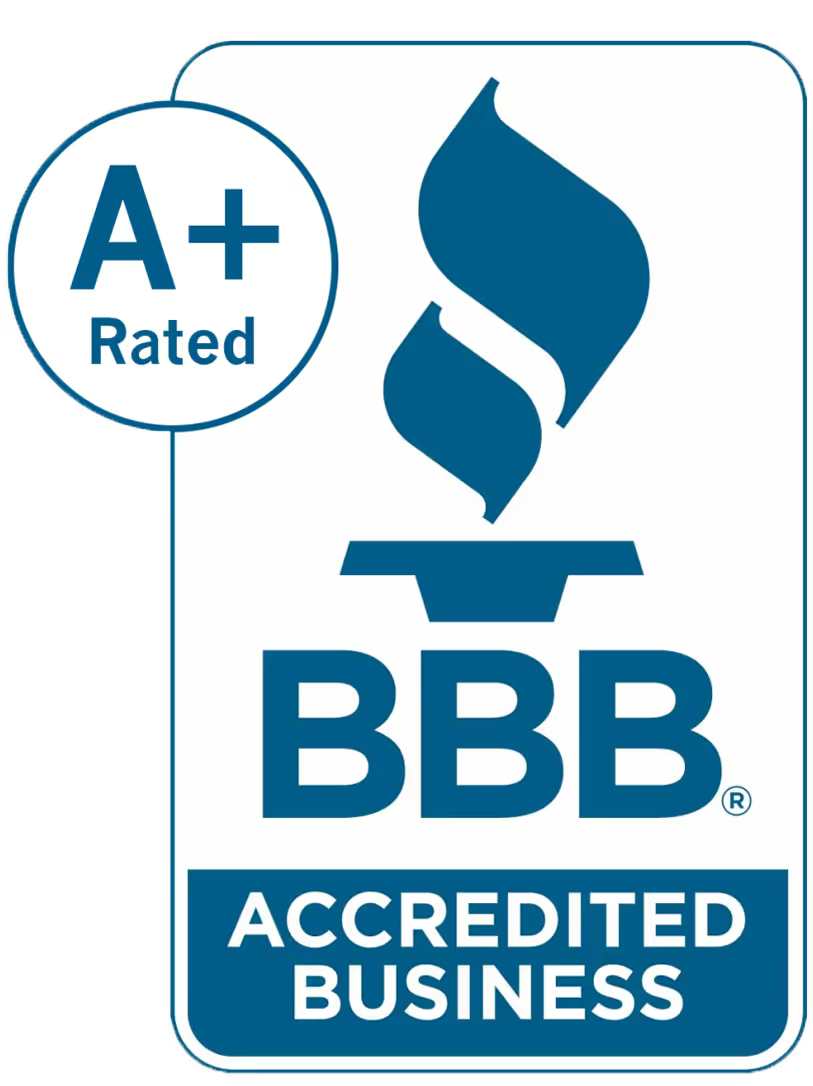Condo Lending
Why Financing Rules Can Make or Break Your Community
A young couple, Michael and Dana, thought they had finally found the perfect place. It was a two-bedroom condo in a community just five minutes from his office and ten minutes from her parents. The unit had light spilling across the kitchen floor in the morning, a balcony that overlooked the community garden, and a price that felt just within reach. They had been pre-approved for a loan, saved diligently for a down payment, and their offer was accepted by the seller.
And then the phone call came. Their lender told them that their financing could not move forward. Was it their credit score? No. Their income? Again, the lender told them no. The problem was the building itself. The association, it turned out, did not meet the lending criteria set by Fannie Mae and Freddie Mac.
For Michael and Dana, it meant heartbreak and wasted time. For the seller, it meant a collapsed deal. For the entire community, it meant a darker reality: the building was effectively off-limits to most buyers who rely on conventional financing.
Why Fannie and Freddie Decide Who Buys
Fannie Mae (Federal National Mortgage Association or FNMA) and Freddie Mac (Federal Home Loan Mortgage Corporation or FHLMC) do not operate as traditional lenders. They purchase mortgages from banks, package them, and sell them to investors. To protect themselves, they set clear requirements about the types of condo projects they will support. These requirements act as a filter. If a condominium association falls short, the effect is immediate. Banks will not underwrite conventional mortgages for that property, which shrinks the buyer pool dramatically.
This matters because real estate values are tied to demand. If buyers cannot secure financing, units take longer to sell, prices soften, and the overall value of the community can decline.
What Disqualifies a Condo
The rules that determine eligibility are detailed and, at times, unforgiving. The most common causes of ineligibility fall into a few categories.
Insurance Problems
Associations often learn the hard way that their master insurance policy is not compliant. Deductibles may exceed the allowed threshold, or the coverage may be based on “actual cash value” rather than guaranteed replacement cost. These gaps can immediately disqualify a project.
Deferred Maintenance and Repairs
If a building has unresolved structural issues, such as cracks in the foundation, failing roofs, or outdated mechanical systems, it raises questions about safety and long-term viability. Since the Surfside collapse in Florida, scrutiny of deferred maintenance has intensified.
For a deeper dive into how new inspection laws like California’s SB 326 tie directly into Fannie Mae and Freddie Mac lending requirements, check out Episode 68 of The Uncommon Area.
Weak Reserves
An outdated or missing reserve study can be a deal breaker. If reserves are underfunded or not aligned with professional recommendations, Fannie and Freddie assume that future financial strain is inevitable. That assumption often proves accurate.
Pending Litigation
Ongoing lawsuits that are not covered by insurance present financial uncertainty. Even the possibility of a significant judgment is enough to turn a community ineligible.
Faulty Paperwork
Sometimes the downfall is not the building itself but the way it is represented. Incomplete or inaccurate condo questionnaires can lead to ineligibility. A missed disclosure about pending repairs or an incorrect insurance detail can shut the door on financing.

How Boards Can Respond
Communities are not powerless in the face of these rules. Ineligibility is often reversible, provided the board is willing to take specific steps.
- Review and adjust insurance coverage with an experienced broker who understands Fannie and Freddie requirements.
- Complete critical repairs and provide documentation, including photos, contractor invoices, and engineer certifications.
- Commission a professional reserve study every three years and align reserve funding with its recommendations.
- Work with the association’s attorney to summarize pending litigation and confirm insurance coverage.
- Audit every questionnaire before it leaves the management office to ensure accuracy.
The goal is to create a package of evidence that tells a clear story: this community is financially responsible, structurally sound, and well managed.
Tools That Can Help
While it is true that Fannie Mae’s ineligible project list is not public, associations can work with lenders who have access. Fannie Mae also offers a tool called the Condo Project Manager, which lenders use to confirm compliance. Freddie Mac operates a system called Condo Project Advisor, which allows boards and managers to inquire about eligibility directly and even appeal a negative determination.
These tools provide a way to check where a community stands rather than waiting for a buyer’s deal to fall through.
.jpg)
Why the Rules Tightened
The heightened focus on condo safety and lending standards did not come from nowhere. In June 2021, Champlain Towers South collapsed in Surfside, Florida, killing 98 people. Investigations revealed years of deferred maintenance and underfunded reserves. The tragedy served as a turning point. Federal agencies, lenders, and insurers all began to ask tougher questions.
Fannie Mae and Freddie Mac, which collectively back a significant portion of the U.S. mortgage market, responded by raising the bar. Their message to associations was clear: if you do not maintain your buildings and your finances, you cannot access conventional mortgage financing.
Thinking Like a Buyer
The simplest way for a board to understand condo lending is to step into the mindset of a buyer. Imagine walking into a building where the elevator fails once a week, where reserves are too low to cover future repairs, and where a lawsuit looms over the community. Would you invest your savings there? Most buyers would hesitate. So do lenders.
Conversely, a community with strong reserves, updated studies, complete insurance, and transparent governance signals confidence. Buyers know what they are stepping into. Lenders know their risk is limited. Values rise accordingly.
The Board’s Role in Protecting Value
For board members, the implications are stark. Eligibility for Fannie Mae and Freddie Mac financing is not a side issue. It is central to protecting the investments of every owner in the community. Ignoring deferred maintenance, delaying a reserve study, or underinsuring the property can quietly erode eligibility and, with it, property values.
The lesson is that compliance is not just about satisfying government-sponsored enterprises. It is about safeguarding the financial well-being of neighbors, friends, and fellow owners.
Conclusion
Michael and Dana never did buy that first condo. Their story is not unusual. Deals collapse every week across the country when communities fail to meet lending requirements. The good news is that associations can prevent this outcome by acting early.
Boards that take insurance, reserves, repairs, and reporting seriously will not only protect access to financing but also preserve the stability of their communities. In the end, condo lending is about more than loans. It is about ensuring that when a family falls in love with a home, the deal can close, and the community continues to thrive.
For board members who want a step-by-step guide on maintaining eligibility with Fannie Mae and Freddie Mac, the CAI Condo Lending Manual offers detailed criteria, checklists, and practical resolutions to the most common ineligibility issues. It is an essential resource for communities that want to stay finance-friendly and protect property values.
Related posts
Check out our podcast library
Check out podcast







.svg)









